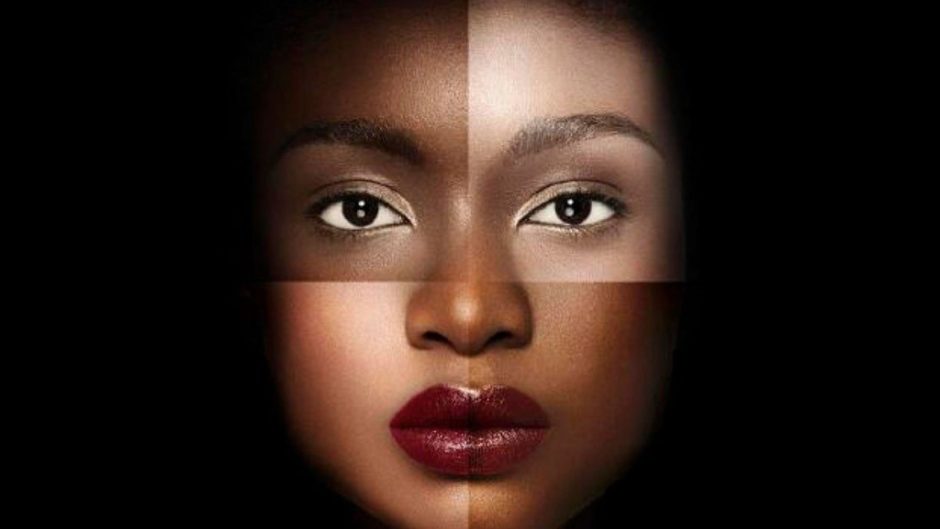by Anonymous
As the world has finally woken up to discuss the real colourism issues facing our world today, Kenya is no exception. One might think as an African country, issues of racism, colourism, and privilege are not very prevalent, but rather on the contrary.
Growing up in Mombasa, a beautiful coastal city, I learnt of the different privileges that our communities believed in. Mombasa holds a large Arab population as a result of the Arab traders coming from the Arab peninsula in the 1st century. As a Barawa, whose parents and grandparents came from various regions in the Horn of Africa, it was easy to identify me as an Arab because of the colour of my skin. However, or at least as far as I know, the percentage of Arab in me is very little compared to my Somali roots.
Colourism [noun] – prejudice or discrimination against individuals with a dark skin tone, typically among people of the same ethnic or racial group
The assumptions of one’s skin colour has placed lighter shades as the ‘prettier’ or ‘most wanted’ compared to darker shades. Eurocentric beauty standards that emulate lighter or whiter shades – associated as more beautiful and prosperous – has created a generation of native Kenyans who are struggling to reach impossible and unwanted beauty standards.
Years of social conditioning and systematic oppression has left a false sense of identity where wealth and racial hierarchies are vivid in every format. Certain communities and hospitality venues are known to deny bookings to Africans or people with non-white names compared to white settlers and expatriates from European countries. Although some of these hospitality venues are owned by the white settlers, the same behaviour is engrained in privileged Africans.
The persistence of white privilege is still very much prevalent and alive
The need for Kenyans to wake up and realise that we are treating our own with disrespect and disgust is rooted at the highest level of leadership such as the presidential level. In 2016, students from a private school Pembroke House, and a public school Titus Ngoyoni, both visited the State House (President’s official house). Pembroke House students are made up of majority white students who were sat on chairs with a red carpet, while the public school Titus Ngoyoni, consisting of native Kenyans and Somali students, did not receive any form of red carpet or chairs and were left standing and squatting.
This begs the question – what type of environment do we want our children to grow up in when our own leaders are enforcing these racist notions? The persistence of white privilege is still very much prevalent and alive 60 years after the end of colonisation. Acknowledging the new voices and various efforts such as woke culture and the new wave of social media that has helped to plant the seeds necessary for change to happen, the late millennials and generation Z have set out positive advents on the horizon.
Sincere thanks to this blog post writer who wishes to remain anonymous.
Image shows the face of a black girl separated into four skin tones. Photo credit: JRNOLA.org
